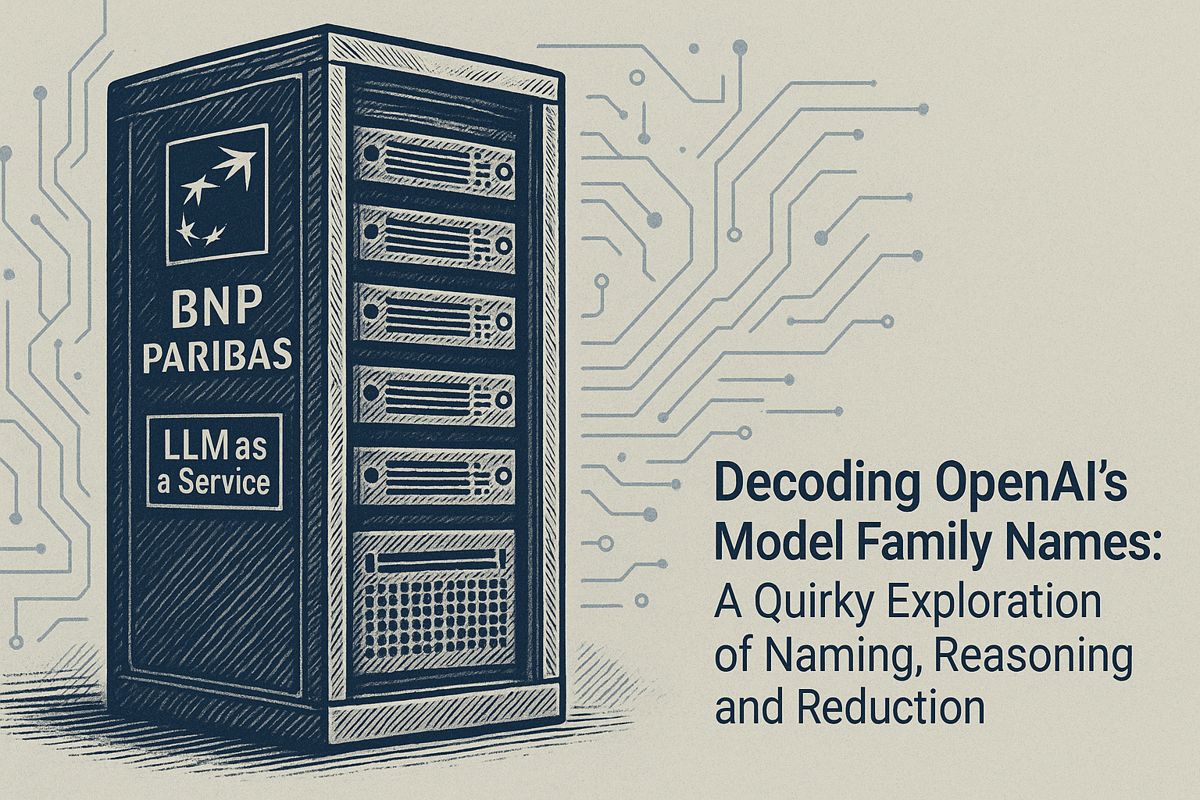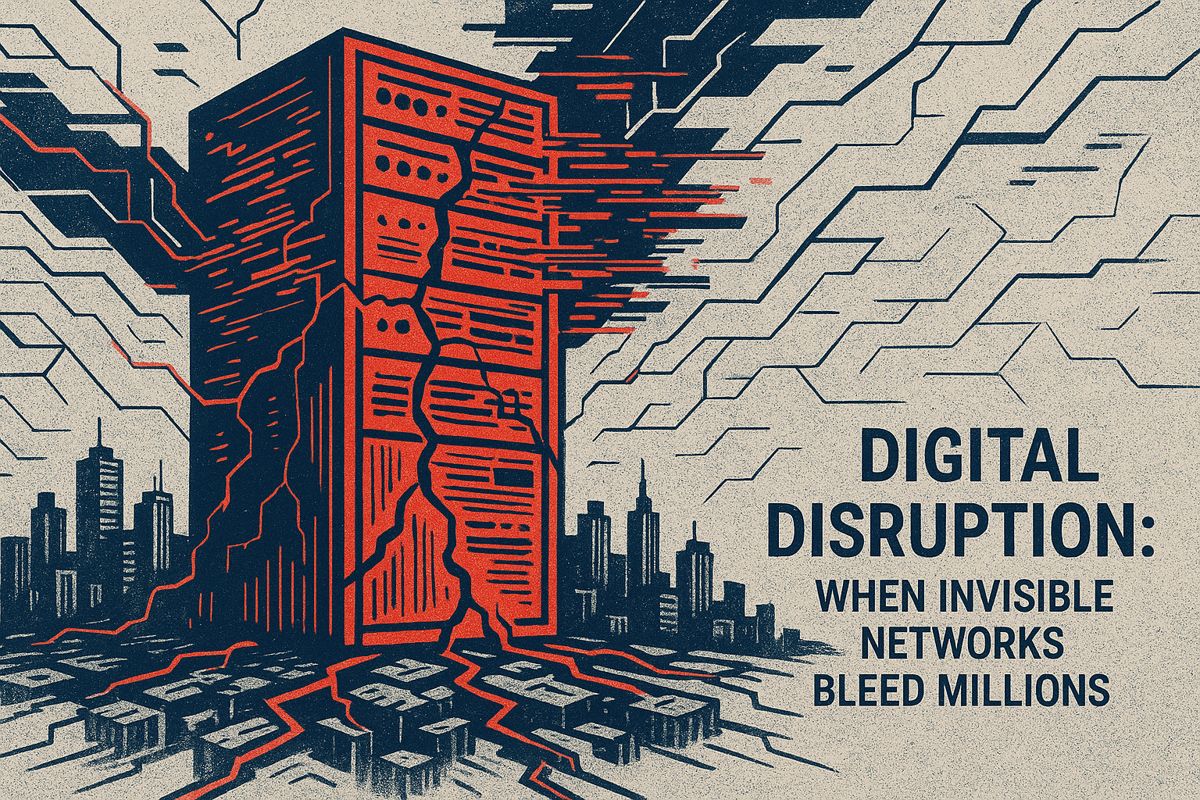By 2025, 77% of companies are using AI, and spending on AI is soaring to $97.2 billion. While many are jumping in, only those with strong data, skilled teams, and clear strategies are getting big returns – earning $3.50 for every $1 spent. Most companies still struggle to make money from AI, often because of messy data and not enough experts. Fastest growth is in healthcare, IT, and manufacturing, and by 2026, nearly every company is expected to have at least one AI system running.
What are the key trends in enterprise AI adoption, spending, and ROI in 2025?
In 2025, 77% of enterprises are actively using AI, with global enterprise AI spend reaching $97.2 billion. While budgets are growing 75% year-over-year, only mature adopters see high ROI – earning $3.50 per $1 spent – by focusing on data quality, talent, and strategy alignment.
- Enterprise AI in 2025: adoption rates, spend patterns and the ROI reality*
Global AI spend hit $391 billion in 2025 and is already racing toward $1.81 trillion by 2030 (source). Within that tidal wave, the narrower enterprise AI market is valued at $97.2 billion this year and is compounding at 18.9 % a year on its way to $229.3 billion by 2030.
But buying power is not the same as value delivered. The new industry report and fresh field data reveal exactly where organisations stand on the maturity curve, and where the money is moving next.
Where are companies today?
| Stage of AI adoption | Share of enterprises (mid-2025) |
|---|---|
| Fully deployed in ≥1 function | 35 % |
| Pilots / limited experiments | 42 % |
| No formal plans | 13 % |
Put differently, 77 % of firms are now actively touching AI, up from 55 % in 2024 (source).
Budget velocity: the 75 % rule
Annual enterprise AI budgets are expanding 75 % year-over-year as CIOs move from proofs-of-concept to production workloads (source).
Typical spend mix:
- Hybrid infrastructure (cloud + on-prem or edge) chosen by 61 % of large enterprises
- *Cloud-only * stacks still dominate among SMEs looking for turnkey models
- Edge AI deployments are the fastest-growing segment (24 % CAGR), driven by latency-sensitive use cases in telecom, retail and manufacturing
ROI snapshot: early winners versus the pack
| Metric | Mature adopters | Mid-tier | Laggards |
|---|---|---|---|
| Average ROI per $1 spent | *$3.50 * | ~$1.80 | <$1 |
| Time to positive ROI | <6 months | 9–12 months | >18 months or not yet achieved |
| Productivity lift | 15–30 % | 8–15 % | 0–5 % |
Yet 60 % of enterprises still capture <50 % ROI from individual AI projects (source). The gap underlines a growing divide: firms with formal AI strategies hit 80 % success rates, while those without stall at 37 % (source).
Sector heat-map: who is spending fastest?
| Industry | 2025 growth rate | Typical use case |
|---|---|---|
| *Healthcare * | 22 % CAGR | Clinical decision support, medical imaging |
| IT & Telecom | 19 % CAGR | Network optimisation, predictive maintenance |
| *Manufacturing * | 17 % CAGR | Quality inspection, supply-chain forecasting |
| Legal & Professional Services | 15 % CAGR | Contract review, knowledge discovery |
Even traditionally cautious sectors such as law and public sector are now allocating double-digit budget slices to AI, buoyed by low-code tooling and regulatory sandboxes.
Top barriers keeping ROI muted
- Data quality and siloed sources – cited by 68 % of CTOs
- Shortage of in-house AI talent – affects 55 % of mid-size firms
- Difficulty proving financial value – flagged by 48 % of CFOs
- Compliance & privacy risk – primary concern in finance, healthcare and government (source)
Internal politics compound the problem: 42 % of C-suite executives report that AI roll-outs are causing internal divisions, often between IT and business units (source).
What high-performers do differently
- Start with quick-win pilots tied to measurable KPIs (e.g., call-centre handle time, invoice processing cost).
- Invest in data governance first – unified data lakes and automated lineage tracking.
- Upskill, don’t just hire: 70 % of leaders in ROI-positive firms run internal AI literacy programs.
- Embed security and compliance early; early adopters using encrypted, compliant platforms move through procurement 3× faster.
The outlook to 2026
Forecasts suggest 75 % of organisations will have at least one AI system in production by the end of 2026, with average enterprise spend on course to double again. The next inflection point is not more software licenses, but orchestrated, cross-functional programs that turn scattered pilots into scaled, revenue-generating engines.
What share of enterprises have moved AI from pilot to production and how fast is spending growing?
According to the latest 2025 data, 35 % of businesses have already fully deployed AI in at least one function, while another 42 % are actively piloting or experimenting. Only 13 % still have no AI plans on the roadmap.
Budget growth is equally striking: enterprise AI spend is expected to rise 75 % year-over-year in 2025, making it one of the fastest-growing line items in corporate technology budgets. A simple stat that grabs attention – almost three-quarters of CIOs surveyed expect their AI budget to at least double in the next 12 months.
How realistic are current ROI expectations and what is the actual payback period?
Early returns are promising but uneven. Enterprises with mature, scaled AI programs report an average of $3.50 of value for every $1 invested, yet 60 % of firms still see under 50 % ROI from most AI projects. The gap largely hinges on execution maturity: companies with a formal AI strategy enjoy an 80 % success rate, while those without one succeed only 37 % of the time.
On payback, 60 % of enterprises are either already recording positive ROI or expect to break even within 12 months, pointing to a rapid shift from long-term promise to near-term, measurable impact.
Which sectors are leading in adoption and where is the fastest growth coming from?
Healthcare leads the charge with a projected 22.17 % CAGR through 2030, driven by clinical decision support and medical imaging. IT & Telecom is forecast to generate $4.7 trillion in gross value added by 2035 via AI-driven network optimization and predictive maintenance.
Looking at regions, the Middle East & Africa is seeing the sharpest growth at 21.7 % CAGR, fueled by sovereign AI programs and massive infrastructure investments.
What are the top three blockers holding companies back from scaling AI?
- Data quality and fragmentation – poor, siloed, or legacy data remains the #1 cited barrier.
- Talent gaps – shortages of in-house AI expertise and change-management skills slow roll-outs.
- ROI proof points – difficulty linking AI initiatives to clear financial KPIs causes hesitation among stakeholders.
Surprisingly, 42 % of C-suite executives admit that AI adoption is creating internal division, especially between IT and business units, adding organizational friction to the technical hurdles.
What practical steps are high-ROI companies taking to overcome these hurdles?
High-performing firms share three common moves:
- Centralize and clean data first – they invest in unified data platforms and automated cleansing pipelines before model deployment.
- Upskill + partner – they combine internal training programs with targeted external partnerships to close talent gaps fast.
- Phase deployment for quick wins – they start with high-impact, measurable use cases, demonstrate value early, and reinvest the gains into larger initiatives.
The result: companies using this playbook report 15–30 % productivity gains and 15–25 % operational efficiency improvements within the first year of full-scale deployment.



















